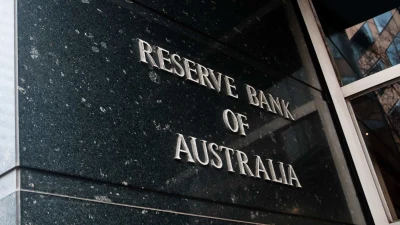APRA locks in rate buffer amid stability risks



The Australian Prudential Regulation Authority (APRA) has reaffirmed its macroprudential regulations following a review of existing settings.
This includes retaining a countercyclical capital buffer of 1% of risk weighted assets across the banking sector, providing a capital buffer designed to absorb the impact of a shock to the financial system.
Notably, APRA has revealed it would not reduce its 3% serviceability buffer for loan assessments, despite continued interest rate tightening.
The serviceability buffer is used to stress test a prospective borrower by assessing their capacity to repay a loan in the event of a 3% increase to the interest rate offered by a lender at the time of settlement.
The buffer, in effect, reduces average borrowing capacity, which has been significantly constrained by the Reserve Bank of Australia’s monetary policy tightening cycle.
But according to APRA chair John Lonsdale, current macroprudential settings remain “appropriate”, amid risks of a further deterioration in domestic and global economic conditions.
“APRA closely monitors financial risks, and we see a high degree of uncertainty in the broader outlook, globally and domestically,” he said.
“On the one hand, there are signs of a deterioration in conditions, including falling asset prices and the potential for pockets of stress.
“On the other hand, lending standards are broadly sound, loan arrears remain low and the banking system is well capitalised. On that basis, we believe our current macroprudential m settings remain appropriate.”
Mr Lonsdale said the 3% serviceability buffer “remains prudent” given the “potential for further interest rate rises, high inflation and risks in the labour market”.
However, he stressed APRA’s macroprudential settings “are not set in stone”, and could be subject to change.
“We continue to closely monitor the outlook for credit growth, asset prices, lending conditions and financial resilience,” he said.
“Should risks to financial stability change, APRA will adjust its macroprudential policy settings accordingly after careful consideration and consultation with other agencies on the Council of Financial Regulators.”
Markets are expecting a global economic recession off the back of aggressive monetary policy tightening from the world’s central banks, aimed at curbing elevated inflation.
Like its foreign counterparts, the Reserve Bank has actioned back-to-back hikes to the cash rate for almost a year, with further increases anticipated in the coming months.
Three of Australia’s four major banks now expect the cash rate to hit a peak of 4.1% before a pause to the monetary policy cycle.
Recommended for you
The Reserve Bank of Australia (RBA) has lowered rates to a level not seen since mid-2023.
Financial Services Minister Stephen Jones has shared further details on the second tranche of the Delivering Better Financial Outcomes reforms including modernising best interests duty and reforming Statements of Advice.
The Federal Court has found a company director guilty of operating unregistered managed investment schemes and carrying on a financial services business without holding an AFSL.
The Governance Institute has said ASIC’s governance arrangements are no longer “fit for purpose” in a time when financial markets are quickly innovating and cyber crime becomes a threat.











